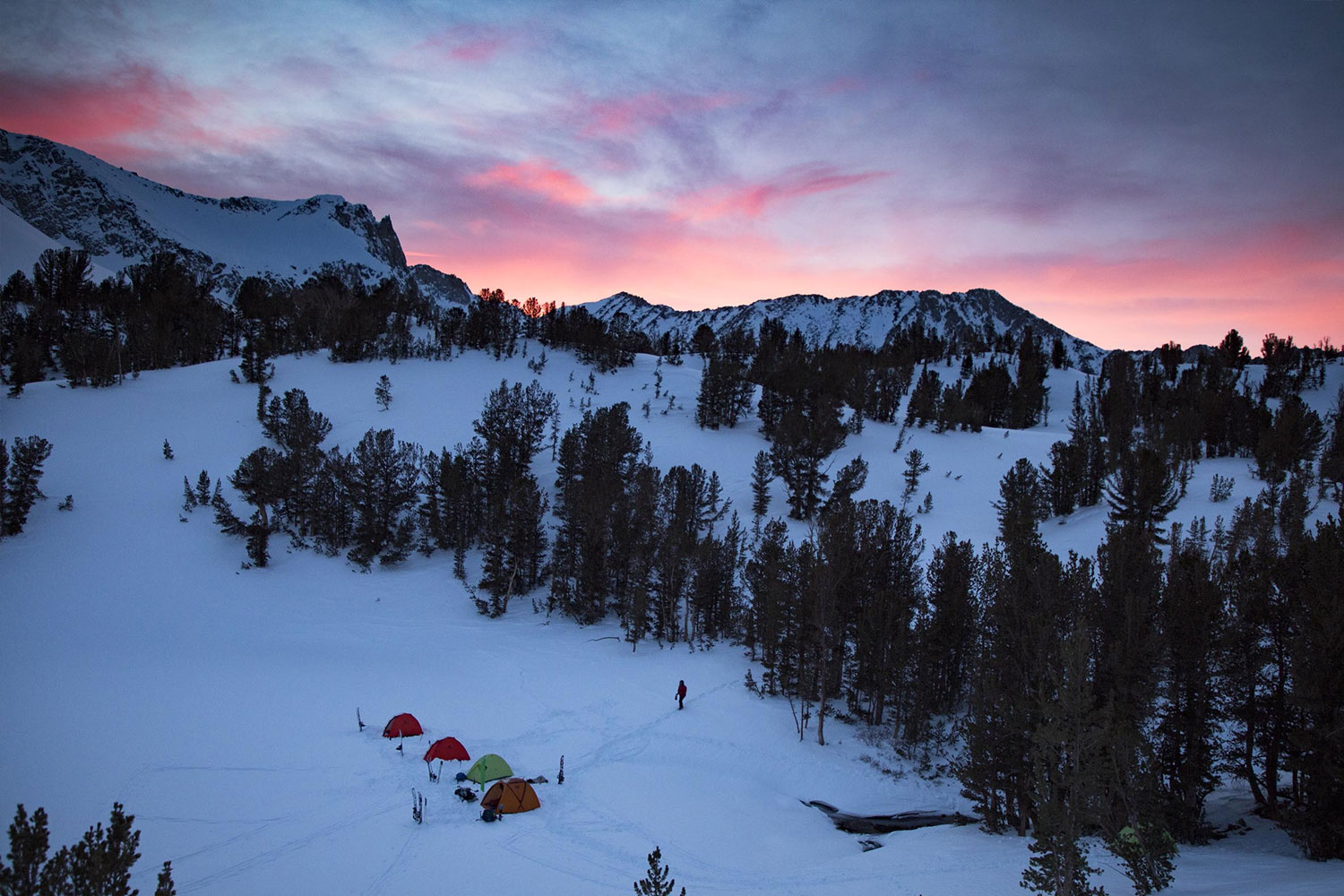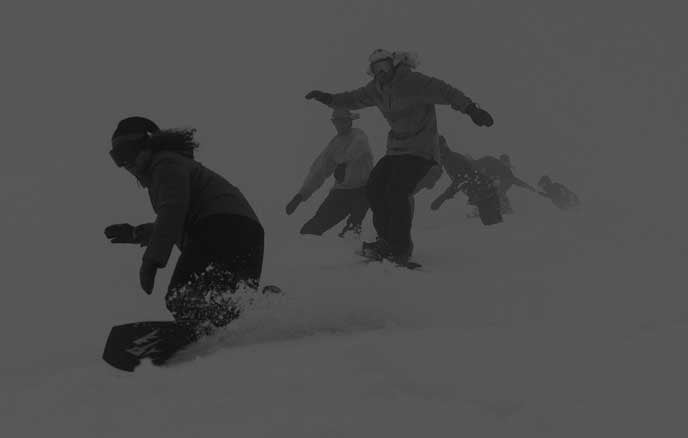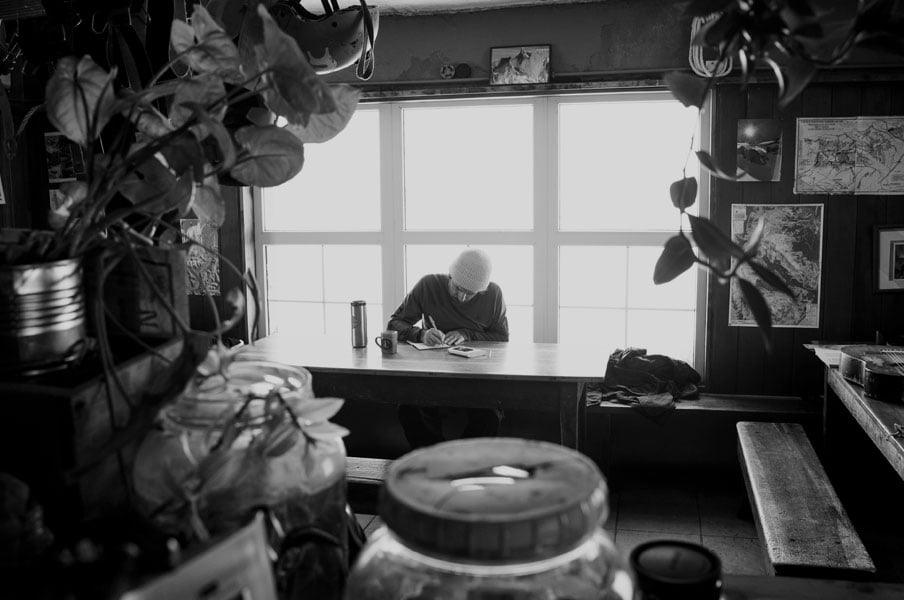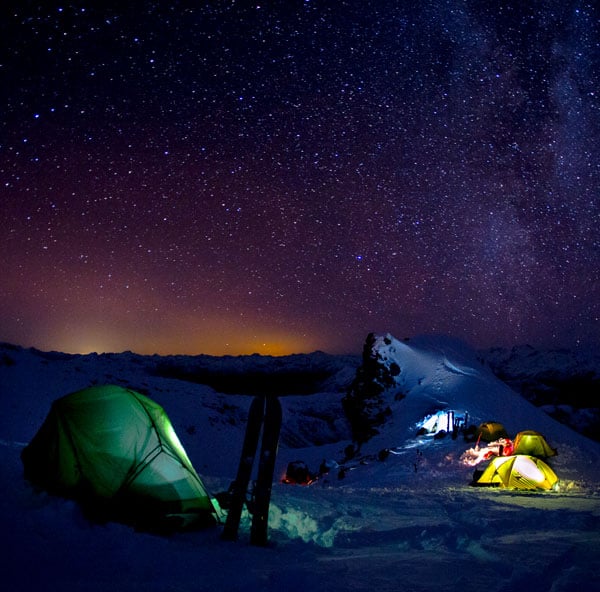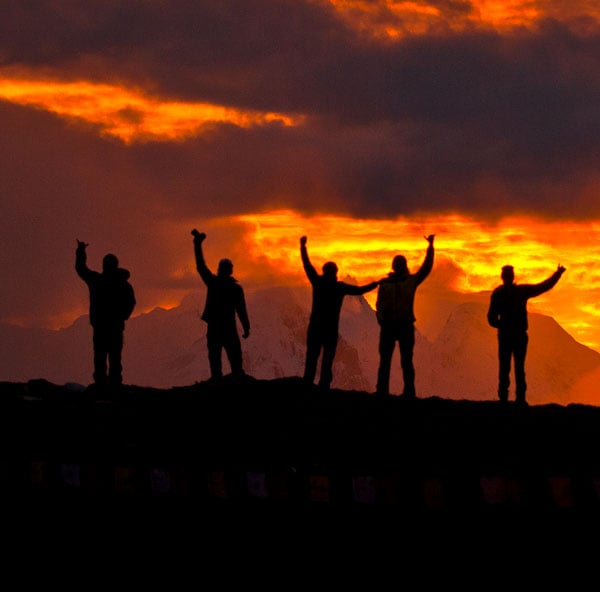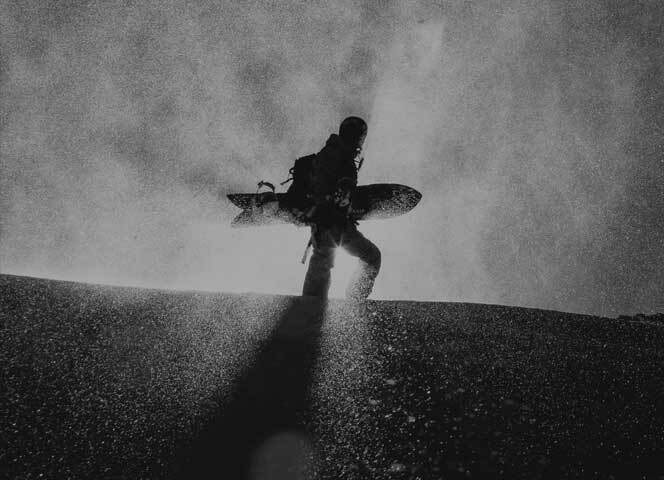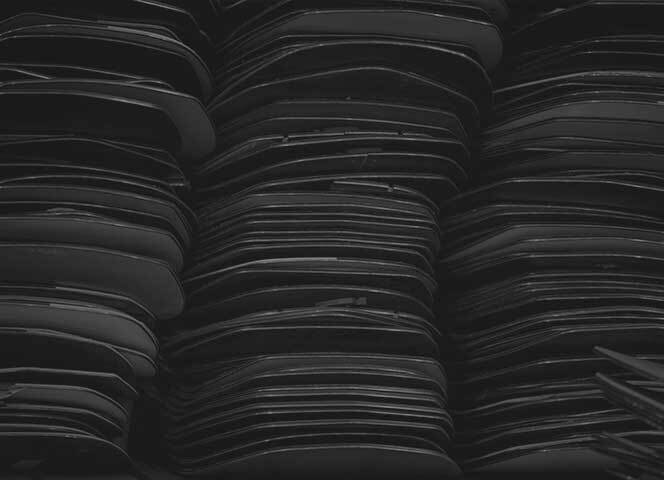Ode To Muir
The inspiration and challenges of Jeremy Jones' new film
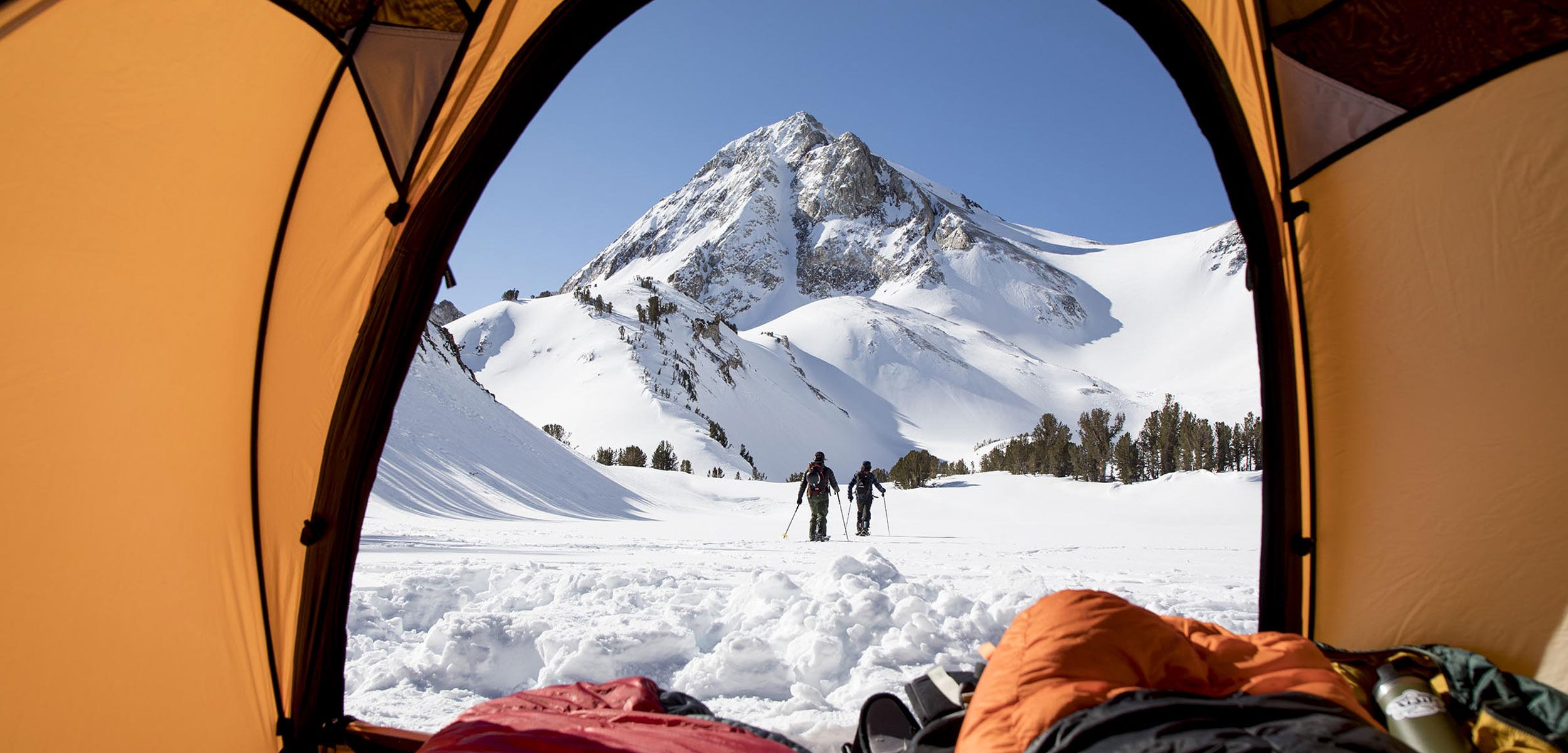
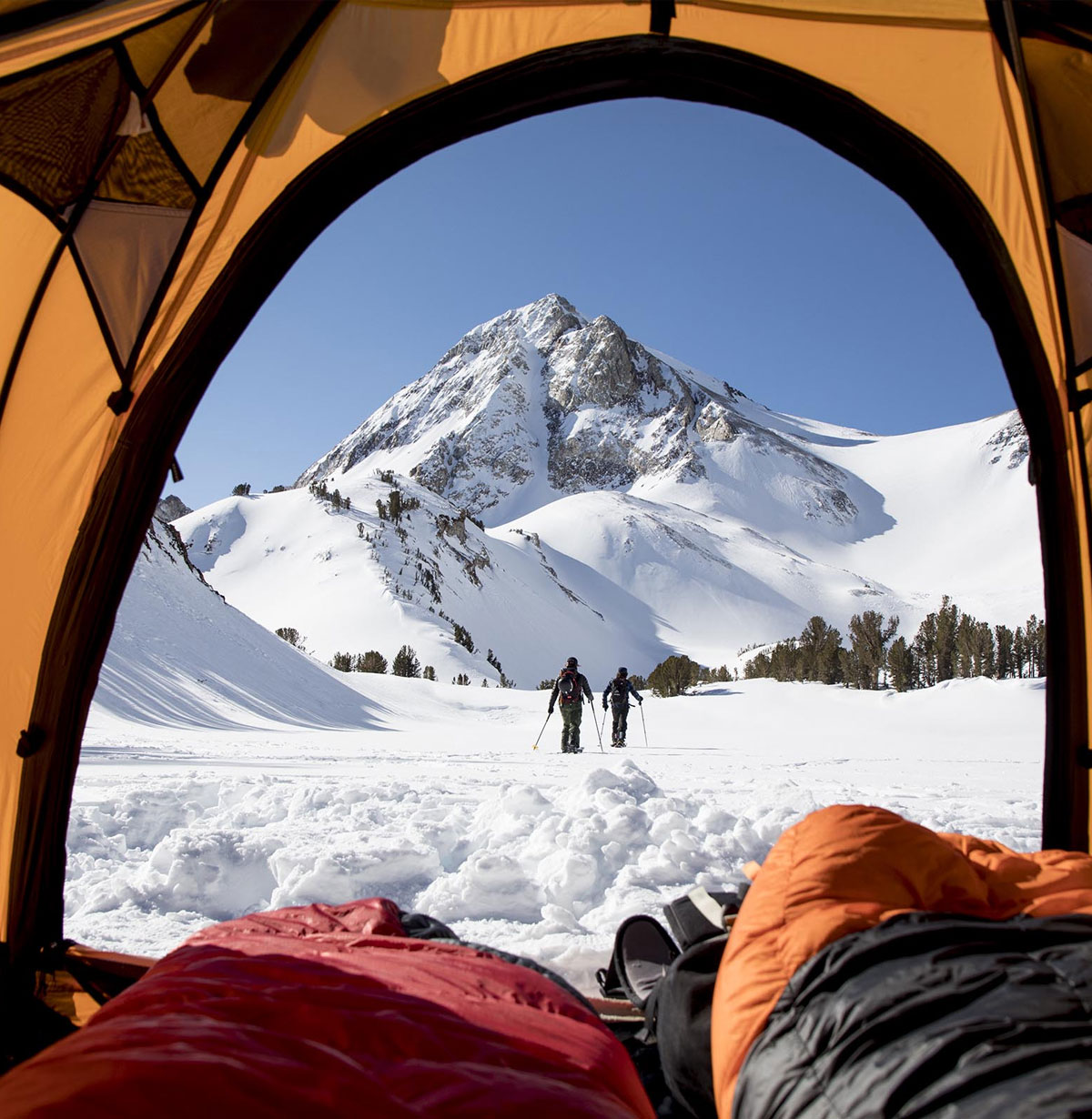
As mountain explorers that often visit wilderness areas, it’s easy to take these protected areas for granted. When you see a wilderness sign at a trailhead you don’t often contemplate the bureaucratic battle that it took to place that sign there.
In Jeremy Jones’ new film “Ode To Muir”, he ventures deep into California’s John Muir Wilderness on a 9-day splitboarding expedition with US Olympian snowboarder Elena Hight. On their journey they celebrate the legacy of Muir’s conservation efforts and explore the challenges we now face to protect these wilderness areas from the effects of climate change.
Read on to hear from Jeremy about his inspiration for the film and the challenges of filming on a completely self-supported splitboarding expedition.
The world premiere of Ode To Muir is October 11th in Boulder, CO. Find out about movie showings near you at end of story.
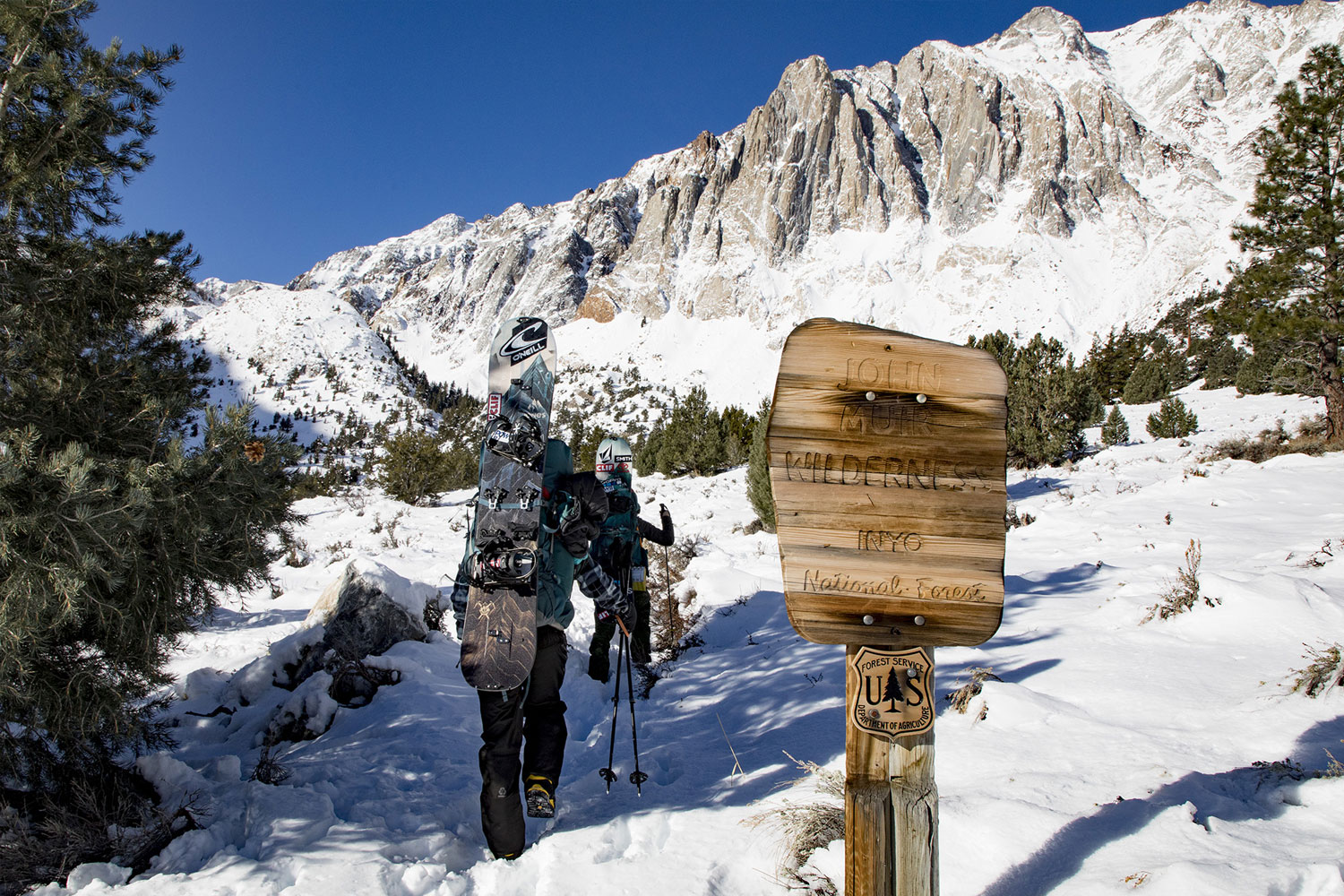
My first recollection of John Muir was seeing his quote, “The mountains are calling and I must go”. I loved the quote as I found that calling as a little kid. Exploring mountains has been my compass in life. I ended up putting that quote on one of my pro model boards fifteen plus years ago.
As I began exploring the Sierra I started learning more and more about Muir - who he was, what his relationship to the wilderness was. I also started reading his writings. Studying Muir made me understand that the concept of protecting wilderness for future generations was something I had taken for granted. It really hit me when I went to Glacier Point in Yosemite Valley and saw a photo of President Roosevelt and Muir standing on the overlook. The background of the photo looked the exact same as it did when I was there. This made me realize that people fought hard for us to have these views today and it made me appreciate that we had leaders like Roosevelt and Muir that were thinking about more than next year or three years down the line. They were thinking long term, generations ahead.
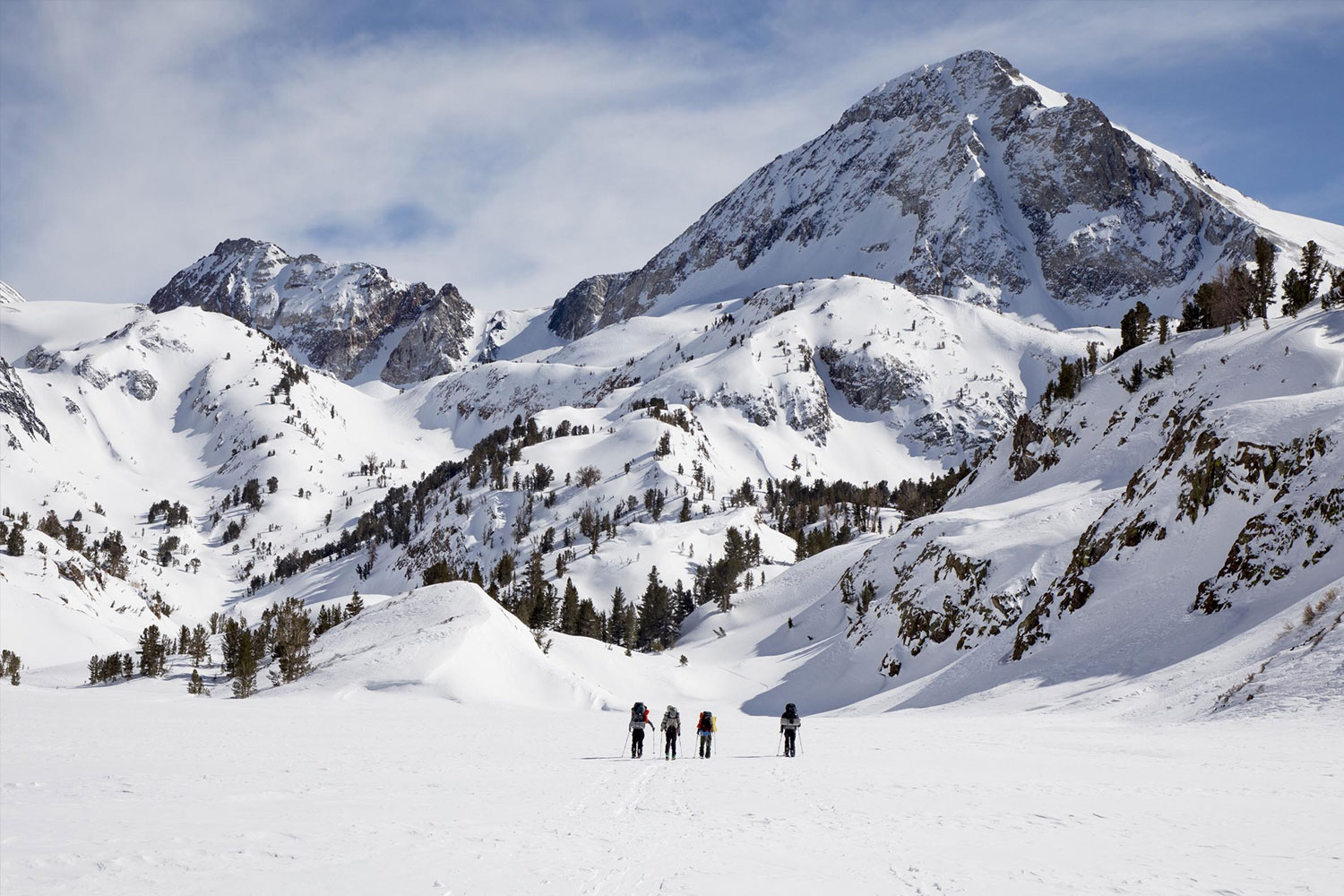
The High Sierra has captivated me since I went all in with foot powered snowboarding. I wanted the High Sierra to be in DEEPER, then I wanted it to be in FURTHER, but we could never make it happen. It’s such a foot powered snowboarding paradise because it’s all protected, but with that comes hard access. It was such a beat down trying to shoot in the range between trying to get cameras where they needed to be and learning the range. It became this big challenge and when I finished HIGHER I told myself, “I’m figuring out the Sierra.
The Sierra is where the majority of my snowboarding has been since the completion of HIGHER. I’ve been focused on trying to get a layer back in the range. It’s been this great challenge because it requires a bunch of days out and traveling large distances carrying heavy packs. Also figuring out how do you walk out to the thick part of the range and still have the energy to do real snowboarding.
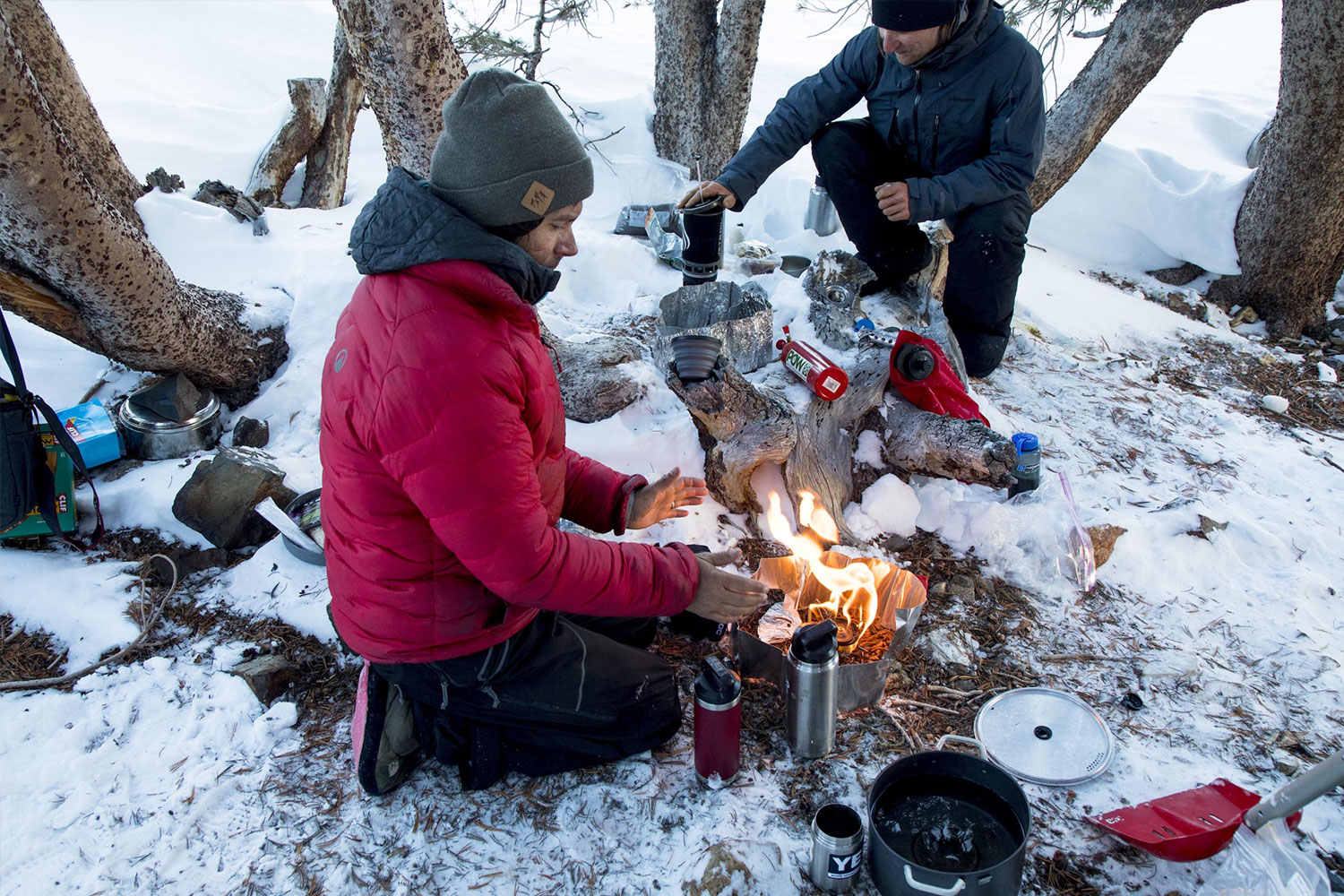
In the film we celebrate Muir and his legacy by going into the John Muir Wilderness and doing exactly what he protected it for. We also learn that the land may be protected from the bulldozer, but climate change is having a real and pronounced effect on the land. From there we work to apply Muir’s wisdom and use it in our fight against climate change.
It’s a slower film so the viewer really gets to understand what it’s like to go in the mountains with me more than any film before. The viewer is on a journey with us as we explore and discuss what we see happening to nature around us and the challenges that we face to protect nature and really humanity. Because at the end of the day, if nature fails, humanity fails and there are signs of nature failing even in these pristine places. As we’ve been editing and digging into the science of what’s going on with the water, the trees, the snowpack and the glaciers the effects that climate change has already had are significant. This understanding of the damage already done has really rocked everyone involved with the film.
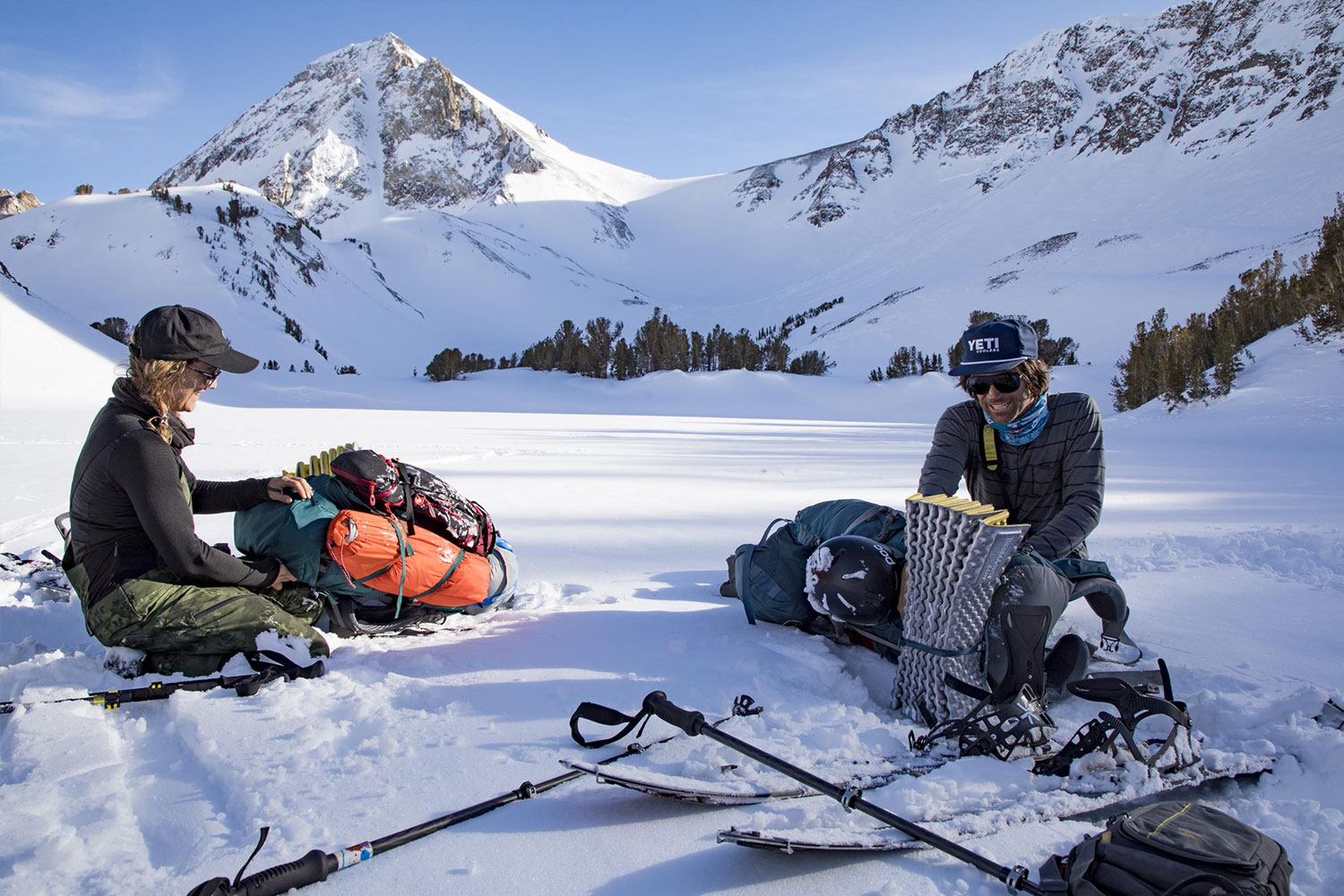
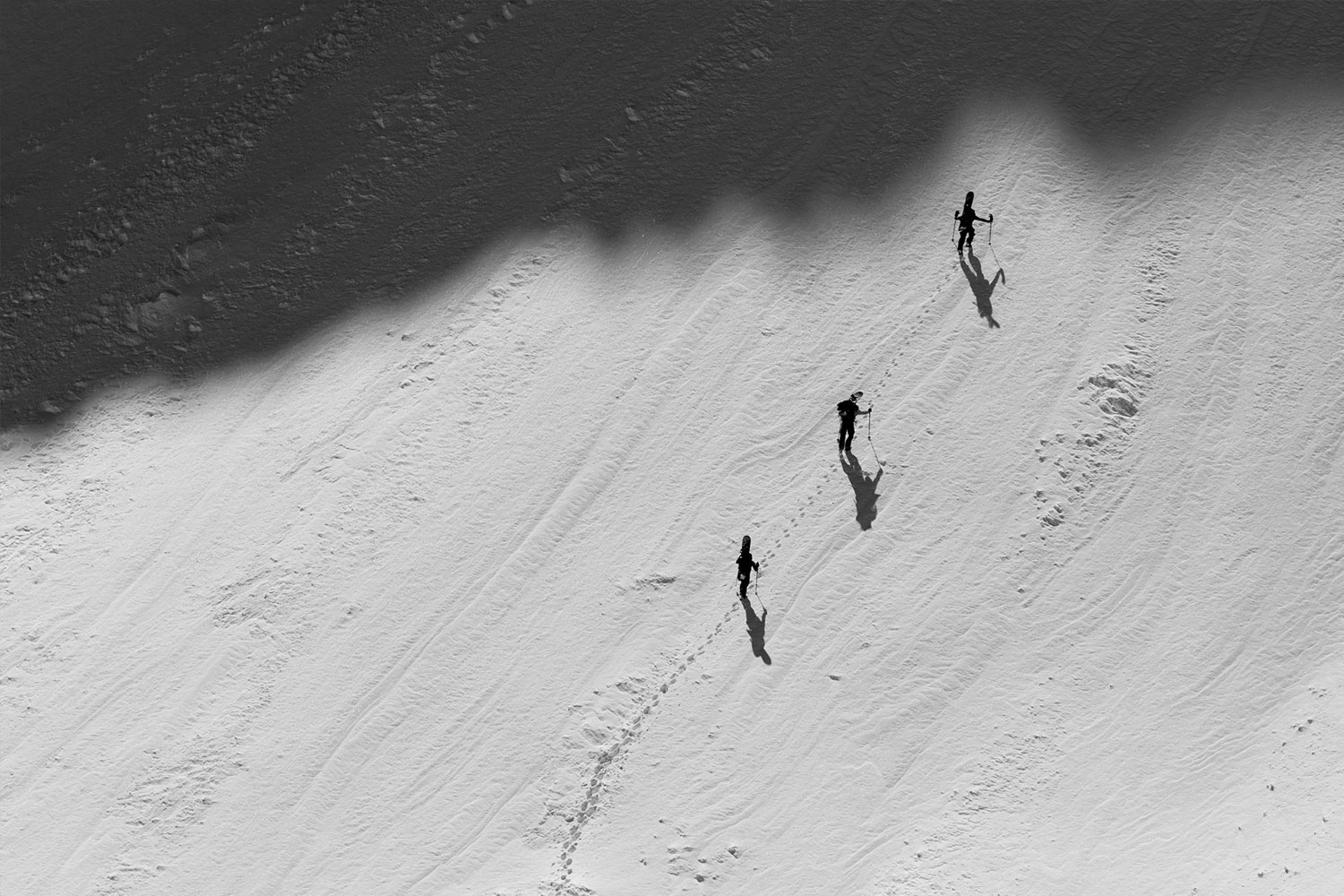
The film is a very real depiction of what it’s like to go and carry a heavy pack deep in the mountains to go snowboarding. Which means it’s a hell of a lot of hiking and 90% of your time out there is spent either dealing with camping logistics or hiking. We do ride a bunch of cool lines in the film and we rode more lines than we’re able to feature. We got our base camp up high and we’re able to keep it up high which allowed us to ride two to three lines a day. From a backcountry snowboarding perspective we did a lot of riding.
The riding is classic High Sierra snowboarding. There’s a line in the film where I say, “The older I get, the older I like my snow,” which really nails it. Just because the old snow we were riding is simpler and more stable snow which is reassuring when your way out in the middle of nowhere with no help. We were dealing with your classic mixed bag of corn snow, wind buff, wind blown, and occasionally boot top powder. Definitely not a sluffing spine fest like Alaska. But it’s the snowboarding that I’m doing now and it’s very representative of what you find in the higher reaches of the High Sierra.
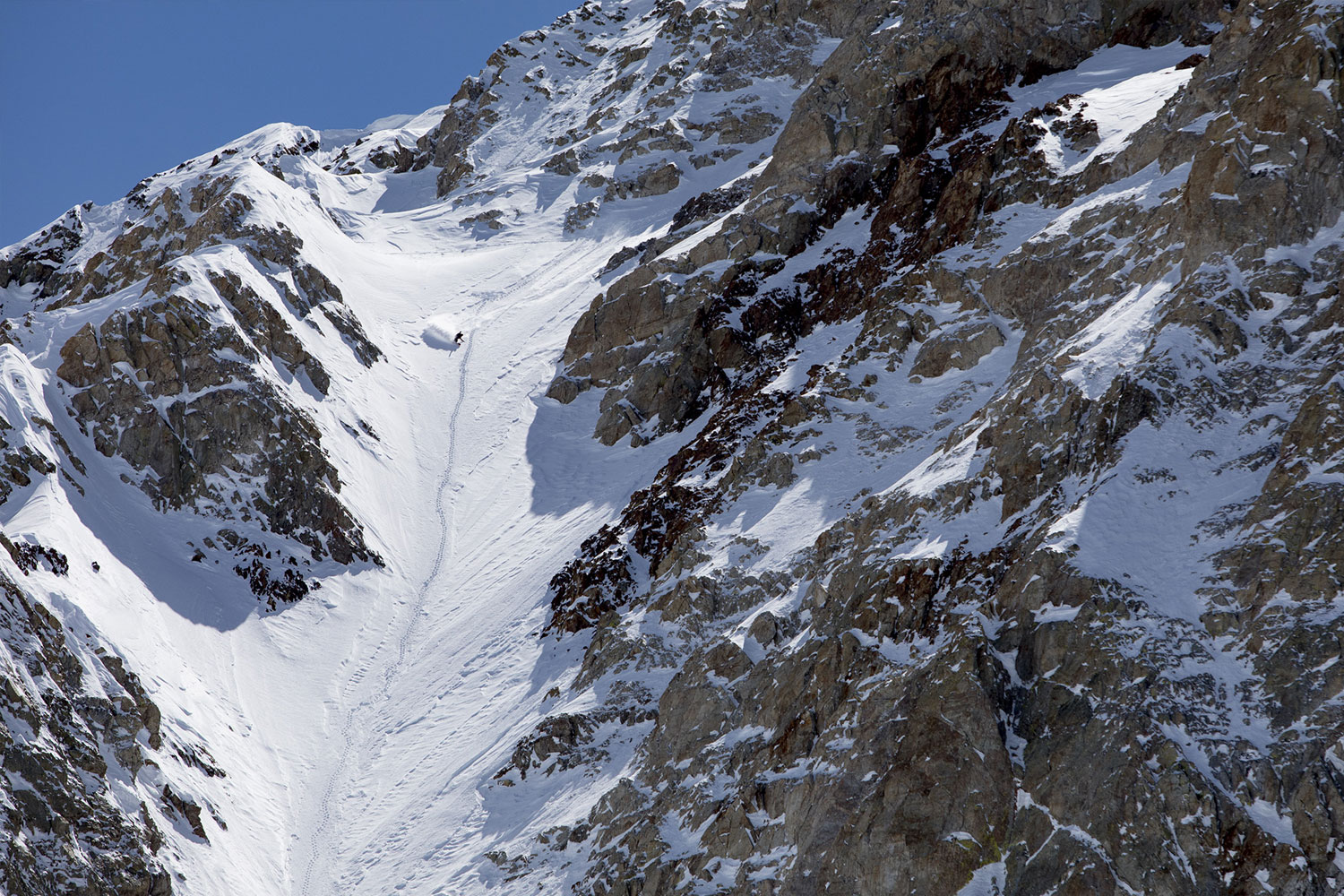
We were a tight crew of five and shot the film on really small cameras. Just dealing with the distances we traveled was a lot of work. Throwing the cameras into the mix made it really challenging. From a filming perspective it’s definitely the most challenging trip we have ever done. I’m not sure how far we walked though. I run a pretty free range, electronics free program when i’m in the mountains. All I know is that we started on the east side and finished on the west side and rode a lot of cool things along the way.
At the end of the film there is a really clear call to action on voting. We explain in the film why voting is so important to having action on climate change. On the film tour we’ll be focused on visiting mountain regions that Protect Our Winters has identified as battle ground areas. Places where it’s really close as to whether the district will go to a leader who is a climate denier or climate champion in the next mid-term election this November. Our goal is to use the film to inspire people to vote for protecting the wilderness and fighting climate change.
